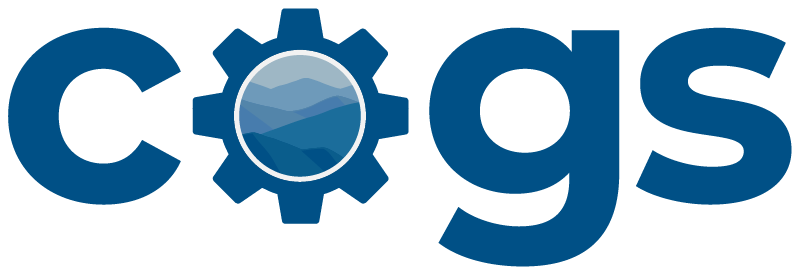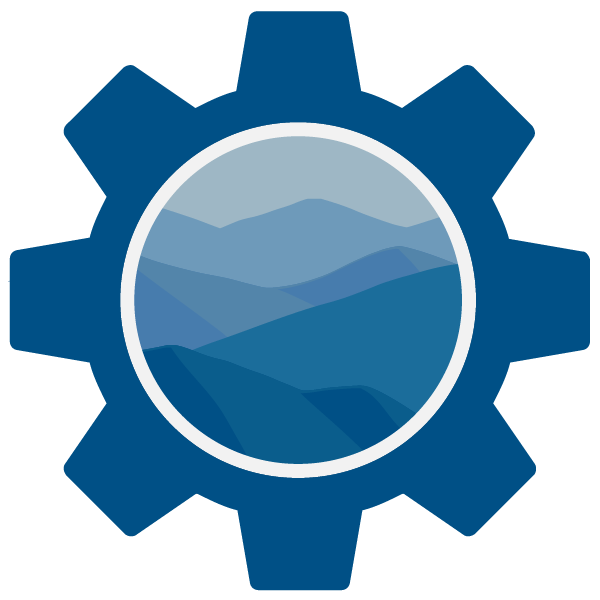Cape Cod Seasonal Marketing Tech Playbook
Know Your Two Economies
Cape Cod’s annual rhythm is stark: direct visitor spending topped $1.4 billion in 2022, supporting more than 10,000 jobs, yet winter unemployment in some towns still rises into double digits. We need to start treating the Cape as two overlapping markets:
Peak‑season tourists: impulse buyers who discover you via Google “near me,” Instagram reels and travel guides.
Year‑round locals + second‑home owners: relationship buyers who value consistency, community support and off‑season perks.
Your business must serve both audiences, not one at the expense of the other.
Map the Four Revenue Windows
Spring Shoulder
From April through mid June, Cape Cod businesses cater to trip planners who are mapping out vacations and searching for events. They respond well to helpful content, so publish SEO‑focused blog posts that answer common questions and pin itinerary ideas to Pinterest boards where travelers gather inspiration.
A sprinkle of local radio spots keeps you top of mind for regional day‑trippers. Sweeten the deal with early‑bird packages and timely offerings like Mother’s Day gift bundles to lock in revenue before the summer rush.
Peak Season
Mid June through Labor Day is peak season, dominated by visitors driven by FOMO and a need for convenience. Keep your Google Business profile updated, push quick TikToks that showcase the day’s vibe, and deploy real‑time ads to capture impulse buys as people scroll for nearby options.
Speed is decisive, so enable same‑day online booking and mobile ordering that lets beachgoers reserve or purchase on the fly.
Fall Shoulder
September through October brings a different crowd: couples on foliage getaways, food lovers chasing seasonal menus, and wedding parties. Serve them visually rich Instagram stories and brief themed email series that highlight autumn experiences.
Harvest‑inspired menus and photo‑worthy events not only satisfy this audience but also generate shareable content that keeps your brand circulating after they leave.
The Winter "Quiet"
November through March quiets down a little. Locals, gift shoppers, plus an increasing number of remote workers become your core market. Loyalty text campaigns, neighborhood Facebook groups, and warm, story‑driven content marketing help maintain connection.
Focus on subscription boxes, skill‑building classes, and curated gift cards to drive steady off‑season sales while reminding the community that you stay open even when the beaches are empty.
Build a “Seasonal Stack” of Tools
Running a Cape Cod business means your software has to flex just as dramatically as visitor traffic. If your software goes down or breaks, it will cost thousands.
Start with a cloud‑based point‑of‑sale to handle card taps at the beach and curbside pickup in February, and they feed sales data straight into your books so you are not hand‑keying numbers when tax season collides with spring prep.
Layer in an online booking engine so guests can grab the last sunset sail or dinner slot without calling while you are washing the boat or cooking.
Inventory and staff scheduling need the same real‑time clarity. A tool to sync ingredient counts to your POS, warning you before lobster rolls run out on the Fourth of July, another that lets you publish shifts, track hours, and approve time‑off requests from your phone.
For customer follow‑up, plug your email marketing platform into the POS; that way every transaction automatically enters a segment, letting you send a “thanks for visiting! see you next summer” note or a locals‑only coupon in January without exporting spreadsheets.
Glue the whole stack together with automations. The goal is an ecosystem where sales, bookings, inventory, payroll, and customer communication pass data back and forth automatically, freeing you to greet guests instead of juggling five apps at closing time.
Win Peak Season Search Before June 1
a. Target “Trip‑Intent” Keywords
Visitors plan in April and May. Publish 1-2 long‑form posts (1,200 + words) optimized for phrases such as “Things to do in Chatham on a rainy day” or “Best Cape Cod lobster roll near me.”
Use FAQ schema so answers surface in voice search (critical as voice‑commerce adoption climbs in 2025).
Add short‑form Reels that echo the same keyword in captions; Google now indexes some public social media content.
b. Hyper‑Local Google Business Hygiene
Verify hours weekly (storms cause ferry cancellations).
Post a 10‑second video of today’s vibe: line outside your shack, live band at 7 p.m.
Collect reviews the moment a guest says “That was awesome.” A five‑star bump midsummer can swing thousands in revenue.
Automations that Ease the Cape Cod Labor Crunch
Self‑Serve Ordering (QR codes, kiosks, mobile pay)
What it does: Lets guests scan a code or tap a screen to read the menu, place the order, and pay.
Use case: A beach‑side café replaces its front counter line with QR menus at each table. Two cashiers become roaming “food runners,” cutting wait times and saving payroll hours.
Auto Scheduling & Payroll Apps
What it does: Software predicts busy days from last year’s sales, builds a shift plan, and sends it to staff phones. Approved hours flow straight into payroll.
Use case: A gift shop manager now spends 20 minutes (rather than two hours) making the weekly schedule and never gets surprised by accidental overtime.
Connected POS + Inventory Alerts
What it does: The point‑of‑sale system tracks every sale and pings you when stock runs low. Menus update so guests can’t order items that just sold out.
Use case: When the last lobster roll is sold on the Fourth of July, the café’s POS hides it from the online menu and texts the owner to reorder before morning.
24/7 Chatbots & Auto Emails
What it does: A simple AI chat widget answers “Are you open today?” or “Do you have vegan options?” at any hour, then collects emails for follow‑up coupons.
Use case: A tour company’s bot books two sunset sails overnight while staff sleep, and the new customers get an automatic “See you on the dock” reminder the next day.
Become the Cape’s Insider Voice in Your Niche
Winter is content gold. Film “behind the boil” lobster prep videos, interview lighthouse keepers, or share construction progress if you are renovating. This narrative keeps your email list warm and drives unexpected online sales: clothing sales shipped overnight, or pre‑orders for spring charters.
Measure, Learn, Pivot
Key weekly metrics:
Revenue per available day (not per season) to spot mid‑week slumps.
Email list growth rate tells you if peak traffic is converting into an owned audience.
Return‑visitor ratio in Google Analytics (off‑season loyalty).
Set aside one winter afternoon to review numbers and tweak next year’s calendar. Improvement compounds: a three‑percent lift in shoulder‑season bookings equals an extra week of summer profit.
If you need help pivoting quick with the right technology for this season, we can help with our COGS Tech Audit.

